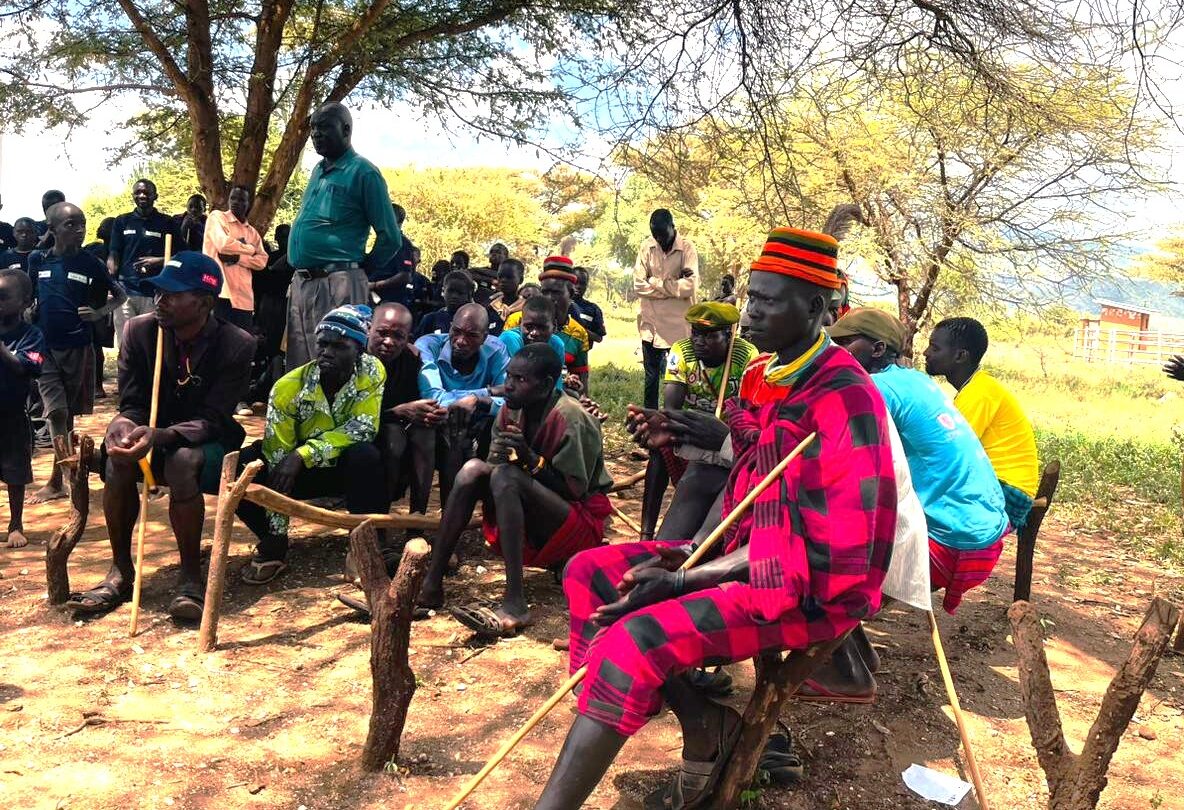Changes and results
The work of the four collaborating partners in Karamoja is paying off. They set up a strong partnership and work, together with communities and government, towards strengthening access to education and social norm change to get children out of work and into school.
The school attendance rate of children increased by 31% since the start of the programme in 2018 (data: SenseMaker Study WNCB Uganda 2022). Motivational and learning centres have been set up to support children in their aspirations and future decent work, and are now that are being taken over by the local government. The norm around child labour in the communities is changing. The economic development of families and youth increased. The business sector is more accessible and involved.
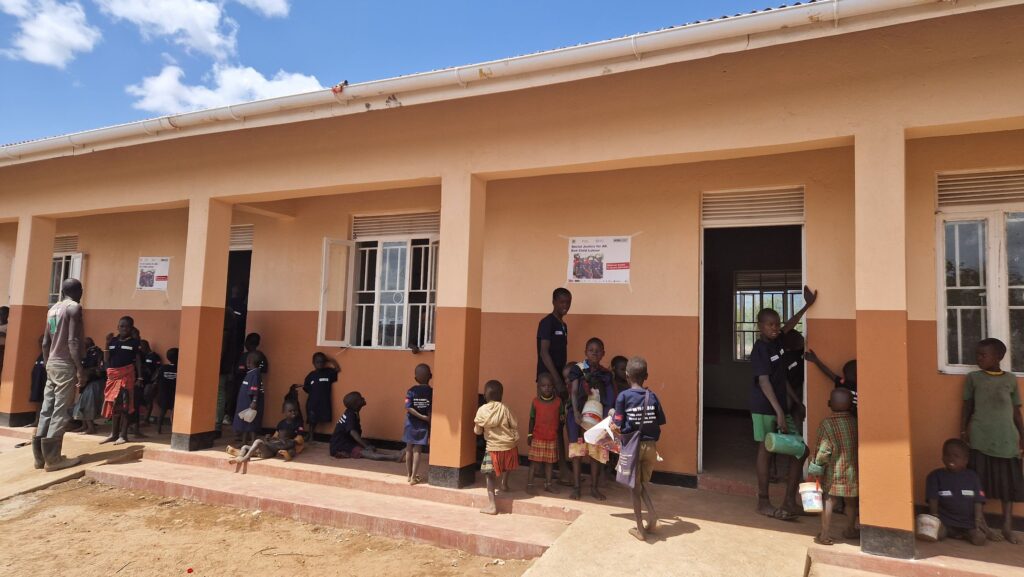
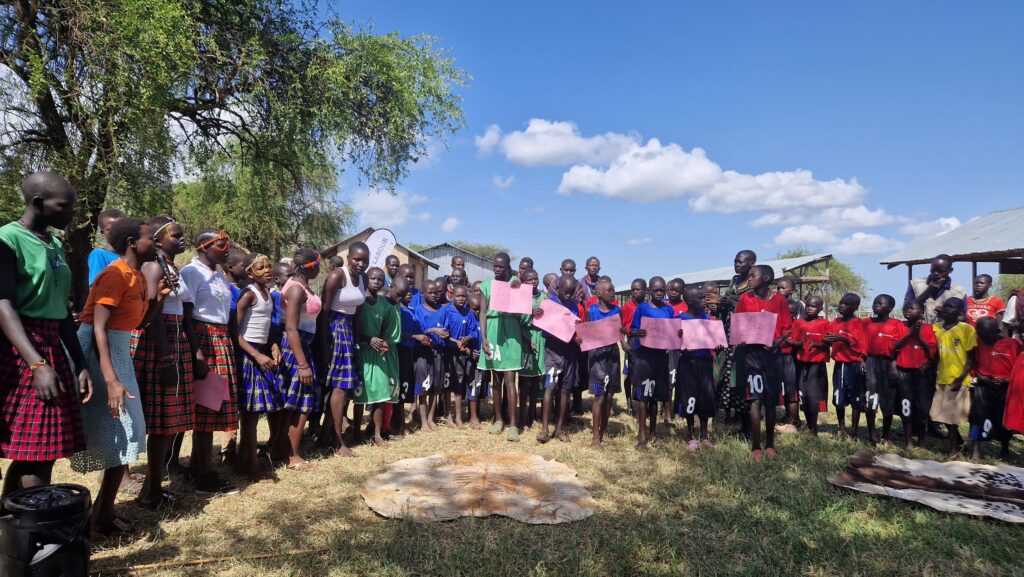
At community level
Children out of work
In 2022, 765 children (508 boys and 257 girls) got out of work, and 2,098 children (1,132 boys and 966 girls) were prevented entering child labour as a result of different interventions.
Norms change
The number of children in paid labour everyday decreased from 30% to 15%. Activities that children still do are sewing clothes, charcoal burning, mining, carrying wood, fetching water, serving food. The norms change towards education is more positive: more parents (+16%) find it important that children spend most time of the day to school. Although the belief that work by children is good for earning money and support the household is still existing, parents value education for developing knowledge for the future.
(source: Sensemaker report 2022, Uganda)
Back to school campaigns
‘Back to School’ campaigns, including radio talk shows, community dialogues and other channels, have reached 5,938 in Karamoja. The awareness-raising has made a great contribution to changing attitudes and has enabled the rights holders to demand services from the government. WNCB partners in collaboration with the Ministry of Education & Sports disseminated the guidelines on the prevention and management of teenage pregnancy and re-entry of child mothers into school to 160 stakeholders. A number of child mothers re-joined school due to this.
Motivation centers
Many regions in Karamoja do not have schools. In Rupa Sub County, Moroto district, children walk long distances as far as 21 km to the nearest primary school. Villages like Nanydik (found in the same Sub County) do not have a single primary school. As a result, a motivational learning center was set up in Nanyidik and the community was encouraged to send their children to be educated.
The Nanyidik Motivational learning center is in an open space with a temporary structure on a piece of land provided by the community. The learning center has a total of four teachers, three provided by the local government and one provided by NRDO-U. The center also provides meals, which attracts more children to go at the center since the region often suffers famine seasons from time to time with many cases of malnutrition.
The life skills and psychosocial support provided to children at learning and motivation centres has contributed to changes in the children’s attitudes, especially those withdrawn from child labour. The communities of three villages offered land on which community schools are now being established. The communities have gone a long way to contribute local materials for the construction. This is a major breakthrough and a strong indicator of a change in attitude toward education. The district of Nakapirpirit committed to establishing a community school on a piece of land offered by the community. The centre aims to complement access to education.
Integration with formal education
“We started the motivational center in 2020 with just about 35 children. We now have 211 children enrolled at the learning center. This is a good achievement for us and we believe that with the current engagements that we have with the district officials, leaders and our donors, the motivational learning center will be graduated into a formal primary school”, says Grace Ariao, a project coordinator for NRDO-U in Moroto. She also added that NRDO-U managed to lobby for two classrooms, and are planning to have classes from primary one to primary three, since the nearest primary school from Nanyidik is about 21 km.
Complement government programmes
“This motivational learning center has attracted more children. We have had an opportunity today to launch the site for construction to ensure that we have at least permanent classroom blocks since the children have been learning in open space. As the education department, we have been having a big challenge in this area. We identified this area because young children are involved in mining and do not have access to education. Children walk long distances to go to school. When this consortium of partners (WNCB) came in to complement government programmes in Moroto district, we appreciated them so much”, said Mr. Ewungu Samuel, DEO Moroto representative. He was hopeful that the construction of this site would make all children in the area access education. He also stressed that the district is willing to increase the number of teachers deployed at the center should they be needed.
Youth vocational training
Under the youth skilling component, youth from Karamoja were trained in different trades at vocational institutions. The tracer study conducted in 2022 revealed that of the 60 youth from Moroto & Nakapiripirit trained in 2021, 25% reported that their income had increased from 6% to 26%.
Economic strengthening of communities
Under the area of livelihood diversification, there was a rollout to four Village Savings & Loans Associations involving 150 beneficiaries, and 16 new VSLAs were established benefitting 323 individuals in Moroto & Nakapiripirit.
“We have seen a rise in savings,” the chairman in one of the VSLA groups in Utut, Nakapiripirit said during an engagement to assess performance of these groups.
At government level
Second change for child mothers
During the COVID-19 lockdown, school closures led to children returned to the mines to seek a way of earning a livelihood. The lockdown also escalated the incidence of pregnancy among girls, especially amongst those aged 10 to 14 in which there was a 366.5% increase. The WNCB partners joined the Ministry of Education & Sports to disseminate the re-entry guidelines to give child mothers a second chance at education in the project districts.
https://wncb.org/a-second-chance-for-child-mothers-and-girls-child-labourers-in-uganda/
Bylaws to address root causes of child labour
The partners in Uganda, led by Hivos at national level, cooperated with the national Ministry of Justice and Constitutional Affairs to speed up the processing of ordinances and approval of byelaws that address the root causes of child labour. wncb also worked with the Ministry of Gender, Labour & Social Development to finalise and disseminate the National Child Policy.
https://wncb.org/uganda-lobby-and-advocacy-actions-against-child-labour-led-to-new-commitments/
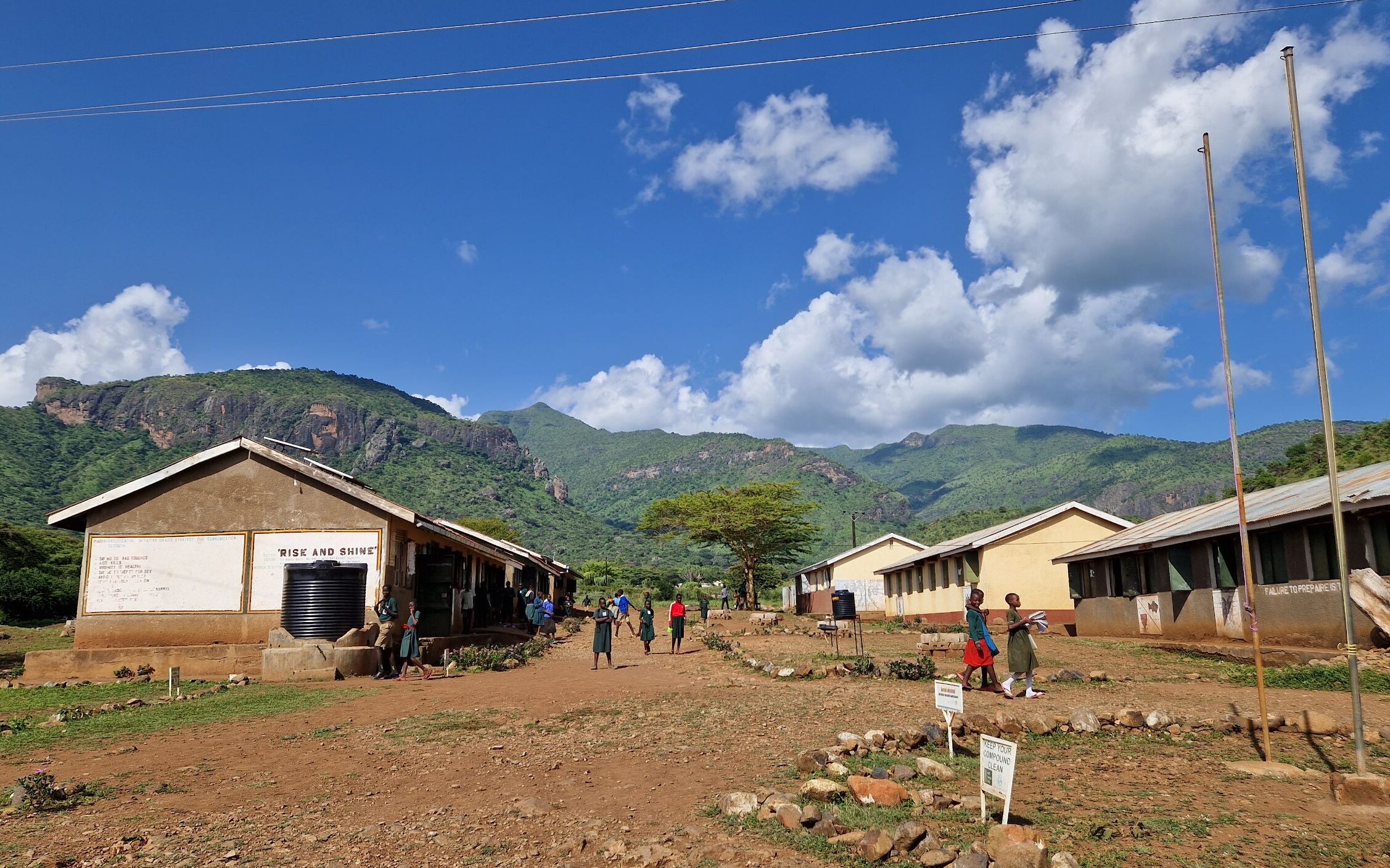
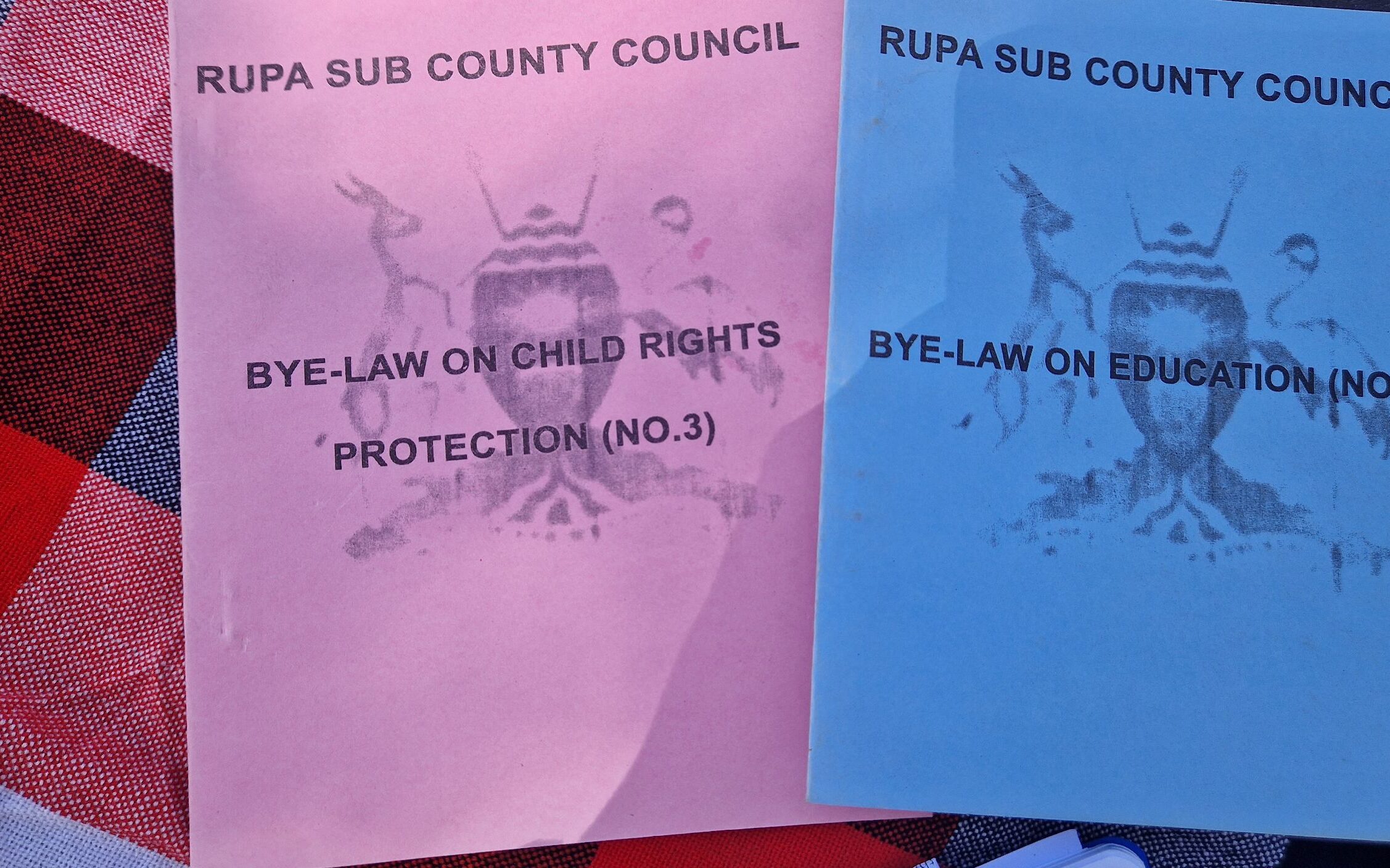
At community level with local businesses
Private sector action plans
In Karamoja, 40 small-scale artisans and a total of 60 staff from the large-scale mining companies were trained on Child Rights and Business Principles (CRBP), child safeguarding, child labour issues and the Code of Conduct. This resulted in the mining companies developing action plans and codes of conduct.

